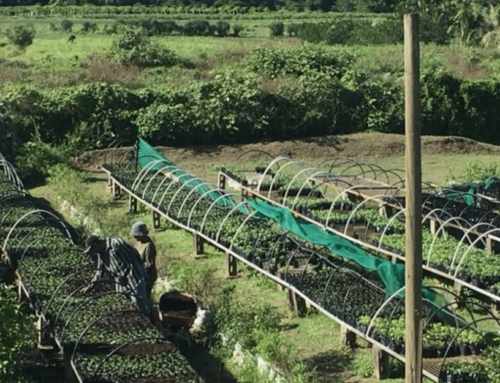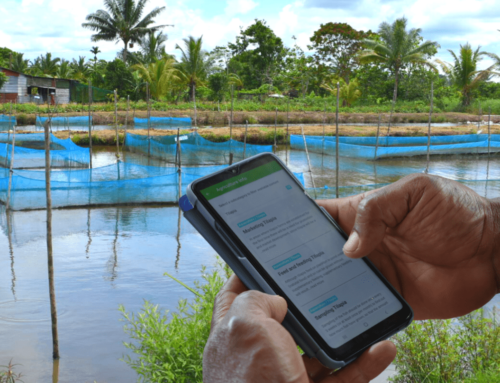The world is going digital, and that isn’t necessarily a bad thing. Traditional industries such as agriculture and fisheries may be more resistant to change than others but these are the industries that stand to gain substantially from going digital – digitisation.
What is digitisation?
When we talk about digitising agriculture and fisheries, we are talking about making the switch from paper based to computer and cloud based systems. Paper-based systems dominate fisheries and agriculture in Small Island Developing States (SIDS), these systems have stood the test of time but as markets move on and evolve paper-based systems have become increasingly cumbersome and tedious.
Convenience is King and data is money.
Fisheries and agriculture require on-going protection and management if they are to continue being productive. Good management systems run on facts and figures, data in – information out. Utilising the latest technology allows managers to make informed decisions.
The Pacific Community (SPC)’s OnBoard and Tails serve data entry applications (eReporting) for longline logsheets off commercial longline vessels and artisanal tuna fishers, respectively. Since its launch in May 2018 OnBoard’s use has grown with more than a hundred trips being reported electronically, data is processed and analysed faster, and is often more accurate.
iFIMS (integrated Fisheries Information and Management System) is used by the PNA (Parties to the Nauru Agreement) for electronic logsheets on purse seine and long line vessels, report observer data, and administer the Vessel Day Scheme.
There is even a solution for waste management – FINNZ, combine levy collection and management functionality with data management tools in order to implement and manage waste minimisation initiatives. These solutions are currently being used by national government and public sector in Australia and New Zealand.
In Africa, agricultural value chains are being digitised. Cash payments are being swapped for digital, allowing direct access between consumers, farmers, and middlemen – saving time, money, and effort as farmers no longer have to travel as far to receive payments or place orders.
Precision farming utilises a wealth of data to improve the efficiency of farms by letting farmers know when the ideal time to apply inputs such as water, nutrients and seeds for the best outcomes, and what the status of the soil is.
However, going digital is not without its cons. Below we’ve tried to list the pros and cons and maybe its bias talking but digital seems to be winning.
| Pros | Cons |
| Speed (input) | Speed (initially staff would need training on the new system) |
| Speed (analysis) | |
| Speed (output) | Battery on mobile devices |
| Accuracy (no typos, no illegible handwriting, all responses are standardised) | Input options (digital may only allow a few pre programmed inputs) |
| Real-time data | Requires a smart device (e.g. tablet) |
| Faster processing | Requires internet/connectivity |
| Regulations – digital audit trails allows your company to know who edited what, when. Helping you to keep your company compliant with regulations and privacy legislation. e.g. GDPR rules and regulations | Costs ($$) initial and maintenance |
| Market access – more reliability, transparency, and traceability from your company means new clients gain an added sense of trust | |
| Quick and easy to update/upgrade | |
| Data volume – hold more data, | |
| Security (reduce security breaches from lost, stolen, or missing documents) | |
| Future proofing – the world is going digital, being adverse to going digital is just delaying the inevitable | |
| Aligns with Sustainable Development Goals (SDG 8, 9, 14, |






Leave A Comment